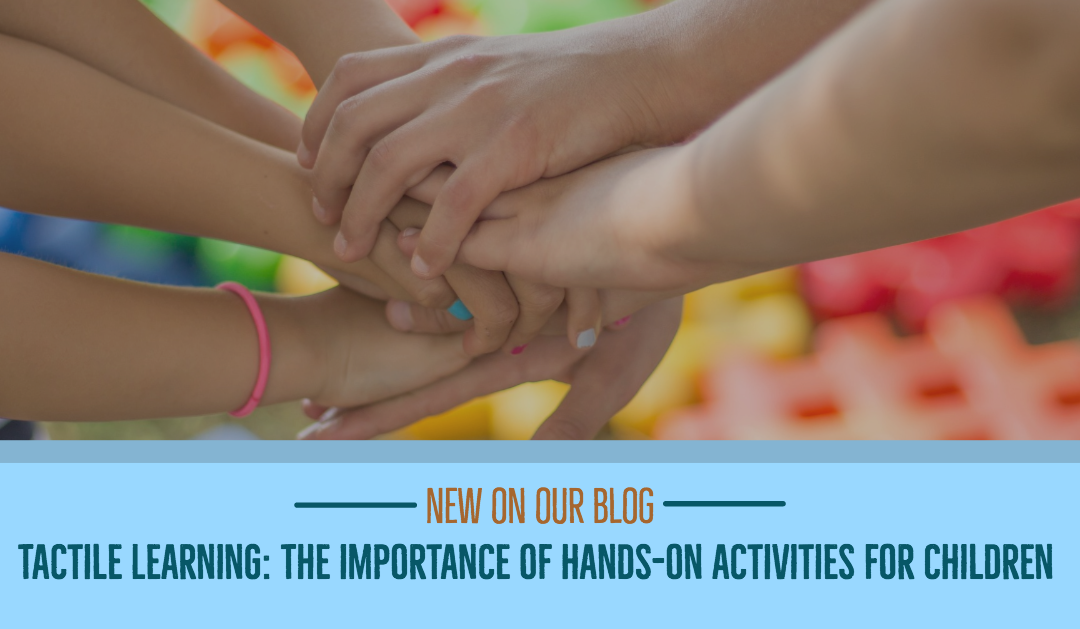
Tactile learning: the importance of hands-on activities for children
Did you know that the first three years of a child’s life are the most impressionable? From ages zero to three, children begin to develop their own personalities and socialization skills and conquer some of the most important physiological milestones. These skills expand throughout childhood, which is why it’s important to leverage a system of teaching that aids learning through the senses, particularly through the sense of touch. Below, we explain the importance of tactile learning in helping promote strong, positive mental wellness in your child.
Helps children with learning disabilities
Since cognitive learning and physical activity are parallel and essentially reinforce one another, tactile learning methods can help improve a child’s concentration and learning capacity and increase self-confidence. A play-based learning technique allows children who struggle to maintain focus and learn in a traditional setting to succeed. This type of learning allows children to become engaged through intentional play tactics that help build the foundation for future education.
Promotes positive growth
Consistent, positive interactions with adults and other children their age allow a child to develop a positive, more relevant perception of the world around them. With instructors and parents engaging in play, whole parts of the child’s brain …
